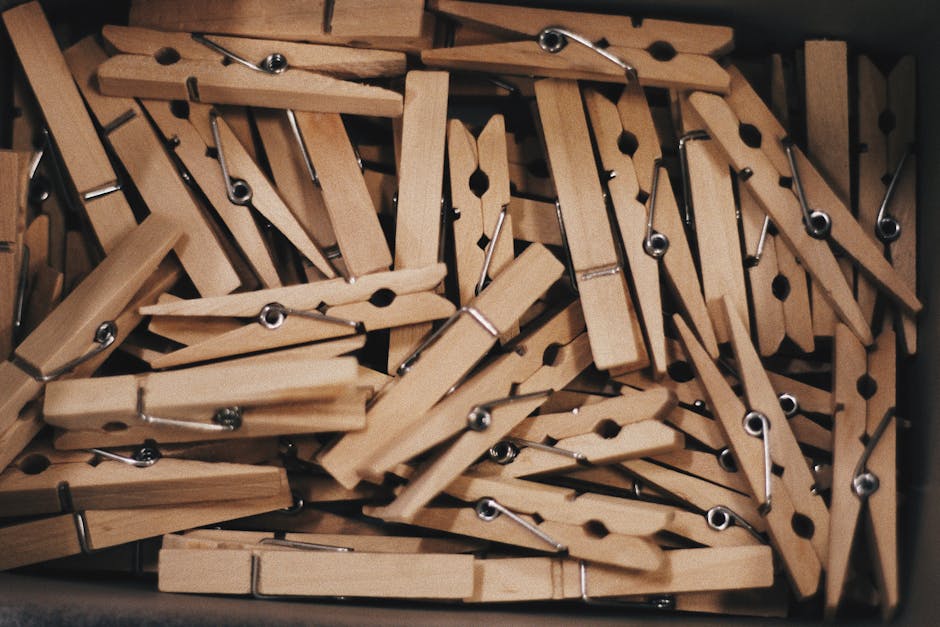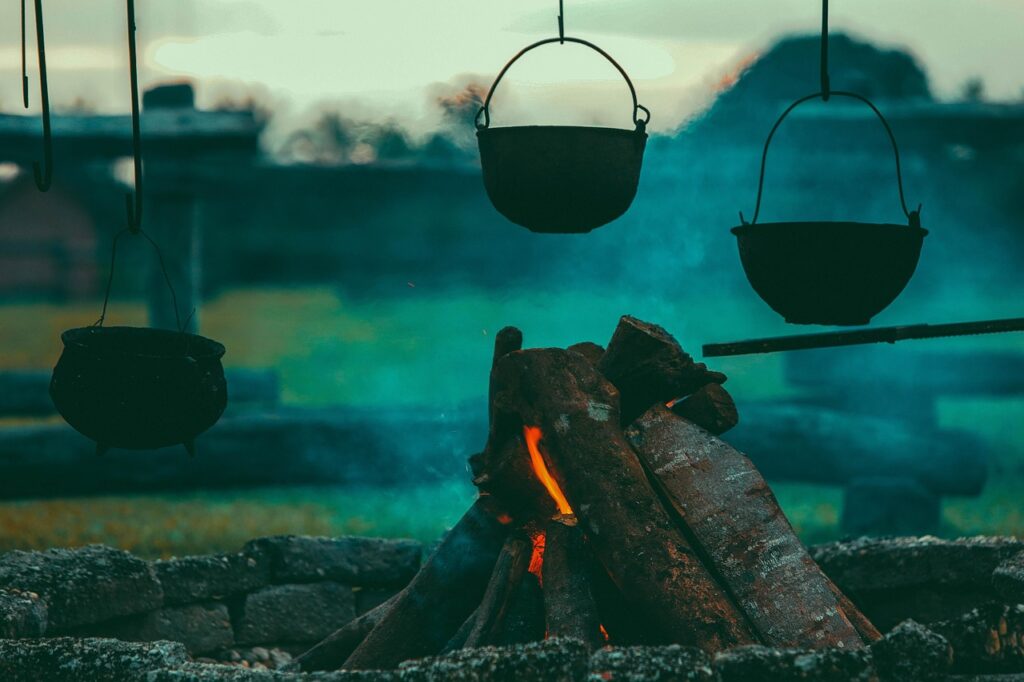Trail Cooking Priorities in 2026
On the trail, your kitchen has to pull its weight literally. Speed, fuel efficiency, and weight still rule the checklist when it comes to trail cooking gear. If it slows you down, burns extra fuel, or adds dead weight to your pack, it’s not worth hauling. The sweet spot is gear that gets hot fast, uses little gas, and vanishes in your pack when you’re done.
Cleanup is another battleground. Nobody’s scrubbing pans with freezing water after a 12 mile day. One pot, no fuss meals are the gold standard. The best setups now support streamlined cooking with minimal cleanup by design think non stick surfaces, quick drain lids, and boil in bag solutions.
Nutrition’s no afterthought either. Multi day hikes drain energy fast, and your food setup has to support serious refueling. That means tools that handle real meals, not just ramen. Smart gear choices enable quick prep of calorie dense, nutritious food with minimal effort. Amid more technical routes and longer stretches between resupply, the stakes are higher your cooking kit isn’t just about convenience, it’s about performance and staying sharp on the trail.
Stove Systems Worth Their Weight
Choosing the right stove system can make or break your backcountry cooking experience. In 2026, the focus is still on efficiency, packability, and reliability across different terrains and weather conditions. Here’s a breakdown of the most common stove types and how to decide what fits your needs.
Integrated Canister Stoves
These remain the most popular choice for solo hikers and fast packers alike. Their all in one design makes setup effortless and boil times impressively fast.
Fast boil times: Often under two minutes for a half liter
Wind resistance: Built in regulators and wind shields
Compact build: Pot, burner, and stove nest tightly
Ideal for: Weekend trips, high efficiency cooking, variable weather
Alcohol Stoves
Ultra simple and ultralight, alcohol stoves appeal to minimalist hikers who are counting every ounce.
Extremely lightweight: Often just a few ounces
Fuel is easy to find: Denatured alcohol, HEET, or ethanol
Slower cooking times: Requires patience and wind protection
Ideal for: Thru hikers, low altitude trails, simplicity lovers
Liquid Fuel Stoves
For cold weather treks or high altitude expeditions, liquid fuel systems are still the gold standard for reliability.
Performs well in sub zero conditions
Refuel anywhere: Use white gas, kerosene, or unleaded gasoline
Requires priming and maintenance: Slightly steeper learning curve
Ideal for: Winter hiking, alpine routes, international travel
Pro Tip: Match Stove Type to Trip Details
To choose the best stove for your adventure, weigh the importance of weight, performance, and convenience:
Short trips in moderate conditions? Go with canister stoves for quick meals.
Packing ultralight and moving fast? Alcohol stoves do the job, if you’re prepared to go slow.
Hiking in extreme cold or remote terrain? Liquid fuel is your most reliable option.
Your stove choice should reflect not only your cooking style, but also the demands of your environment.
Cookware That Pulls Double Duty
When it comes to backcountry cookware, you’re balancing weight, durability, and how much cooking flexibility you actually need. Let’s break it down.
Titanium vs. aluminum vs. stainless steel: Titanium is ultralight and strong but doesn’t distribute heat evenly. Great for boil and go meals, not ideal if you’re sautéeing. Aluminum (especially hard anodized) spreads heat more evenly and is cheaper, but it dents easier. Stainless steel is tough and holds up to real abuse, but it’s heavy. In short: titanium for ultralighters, aluminum for cooks, stainless steel if your gear gets beat up.
Nesting pot sets vs. solo mug pot combos: Nesting sets give you options for multi person meals, but they add clutter. Most solo hikers can get by with a mug pot combo a pot big enough to boil water and double as your mug. It cuts space, weight, and makes cleanup simpler. Nesting sets make sense if you’re group cooking or want a dedicated lid and frying pan.
Ultralight frying pans: when they’re worth packing: Frying pans aren’t essential, but if you’re planning real food like pancakes or eggs they’re a game changer. Ultralight versions (titanium or nonstick aluminum) are worth it only if you’ll actually use them. Otherwise, one good pot can do most trail meals with less fuss.
Trail cooking is about trade offs, and your cookware needs to match your style. Pack what earns its keep.
Utensils and Accessories That Actually Help

Not all cooking accessories are created equal especially when you’re counting every ounce and inch of pack space. The right utensils and tools can simplify camp cooking, speed up meal prep, and make eating on the trail more enjoyable. Here’s what to pack in 2026:
Small Gear, Big Impact
Long Handled Titanium Sporks
A minor upgrade that goes a long way, the long handled titanium spork is a pack friendly multitasker:
Light yet durable enough for the long haul
Easily reaches into deep food pouches without getting your hands messy
No need for separate utensils this tool stirs, scoops, and scrapes
Whether you’re rehydrating in a pouch or cooking in a pot, it adds serious convenience with barely any extra weight.
Collapsible Bowls & Measuring Cups
Smartly designed collapsible gear punches far above its weight and space class:
Silicone bowls collapse flat for compact storage
Measuring cups help with precise portions and efficient ingredient use
Can double as mixing bowls if you’re prepping on site
Pro tip: choose heat tolerant models if you’ll be pouring in hot contents.
Prepping Where It Counts
Portable Cutting Boards and Knife Kits
If your meals call for real prep (not just boiling water), trusted cutting tools are a must:
Foldable or roll up cutting boards offer surface space without the bulk
Compact knife kits come with functional (and safe) sheaths
Choose stainless steel blades for rust resistance and durability
These tools come in especially handy for trail chefs who incorporate fresh ingredients or prep dehydrated meals with extra flair.
Hot Tips on Hydration Gear
Water isn’t just for drinking it’s part of cooking, cleaning, and cooling down on the trail. Choosing gear that handles multiple hydration tasks saves weight and cuts down on hassle. First up: water filters that pull double duty as gravity fed systems. Hang them during camp setup, and let gravity do the work while you prep dinner or sort gear. Faster flow rates and durable filter bags mean less time babysitting your water supply.
When it comes to bottles vs. mugs, the situation decides your setup. Heat resistant bottles (like silicone or single wall stainless) are better for boiling or dropping into hot water. Great if you want multipurpose durability. But insulated mugs win for actual drinking especially if you want coffee to stay hot past the first sip. For most, one of each covers all bases.
Water conservation gear matters more than ever, especially for dry trails or long distance routes. Look for items like silicone scrapers that help clean pots with less rinse water, or collapsible wash basins that reduce spillage. Some cook kits now come with built in strainers or pour spouts to help reuse ‘gray’ water for cleaning. Every drop saved means less total carry weight and fewer filter runs.
Smart hydration gear doesn’t just keep you drinking it keeps your whole kitchen flowing efficiently.
Keeping Things Efficient and Lightweight
Every ounce in your pack adds up, and meals are often the heaviest wildcard. That’s why smart trail cooking starts at home. Prepping meals in advance dehydrating your own chili or portioning out oatmeal with dried fruit lets you control weight, waste, and what you actually need on the trail. You’re not just saving space you’re saving time at camp and fuel on the stove.
One pot recipes are the real MVPs. They cut down your cleanup time and let you use less cookware without skimping on calories or morale. Think: pre cooked couscous mixes, ramen bombs, or lentil stews that just need water and a quick simmer. Make every dish count by pairing your fuel choice with your menu canister stoves boil fast, but waste fuel on long simmers; alcohol stoves reward patience but sip fuel. Choose meals that respect your setup.
Finally, pack your cookware based on what you plan to cook. Don’t bring a frying pan if you’re eating only soups. Keep it tight: one pot, one lid, maybe a mug or bowl if you’re feeling fancy. Efficiency is about discipline, not sacrifice. Plan like a minimalist, eat like a pro.
Bonus: Integrating Your Setup With the Rest of Your Kit
Packing your stove and cookware right can free up serious room and prevent backcountry headaches. Think in layers: heavier, solid gear like your stove or fuel canister should sit close to your spine, low in the pack. Nest your pot inside a larger cooking mug, tuck your stove inside that, and stuff soft items like a buff or pack towel around the components to eliminate rattle and cushion during the hike. Every cubic inch counts.
Fuel requires more respect. Isobutane canisters are stable but can leak if dropped hard or exposed to heat wrap them in a dry bag, stashed away from pointy tools or electronics. Liquid fuel bottles? Screw the caps tight, double check for residue, and store upright in exterior mesh pockets where possible. If space is limited, consider splitting gear with a hiking partner carry one stove but divide cook pots and utensils.
A little planning on how gear fits into your overall pack makes a big impact on comfort and accessibility. Get the full picture on smart load distribution in: How to Choose the Right Backpack for Multi Day Hikes
Final Considerations
Trail cooking gear isn’t one size fits all. If you’re new to multi day hikes, buy gear that can take a beating and still work think tough metals, stable stoves, and foolproof filters. For veterans, 2026 brings solid upgrades worth swapping in: lighter heat exchangers, smarter fuel efficiency, and cookware with real multi use logic.
But here’s your litmus test: if a piece of gear doesn’t make your cooking setup faster, lighter, or more streamlined leave it behind. Gimmicks don’t belong in your pack. Reliability and adaptability do. The trail rewards simplicity, not clutter. Choose wisely, and you’ll feel the difference by day two.
